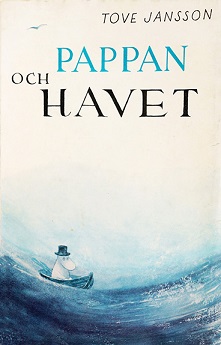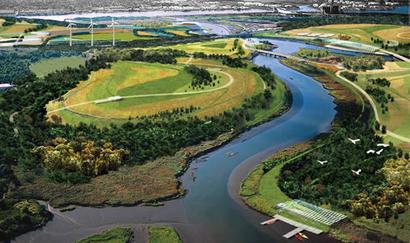In 2011, Australian harpist Alice Giles got the opportunity to follow in the footsteps of her geologist grandfather Cecil Madigan, who has been a member of Mawson's First Australasian Antarctic Expedition a century earlier. At Davis Station she left her instrument by the shore as an aeolian harp, as you can see in the clip from her website embedded above. "The sound of the wind through the strings was incredibly clear and concentrated,'' she told the Sydney Morning Herald. On her return she composed Alice in Antarctica, mixing music and extracts from Madigan's expedition diary. She also participated in a conference about the Antarctic and music, the papers for which can be read (open access) in Antarctica — Music, Sounds and Cultural Connections (Australian National University Press, 2015). Here are some other things covered in this book that seemed worth noting on this blog.
Gilbert Kerr playing bagpipes to an indifferent penguin
on the Scottish National Antarctic Expedition
on the Scottish National Antarctic Expedition
Unknown photographer. Source: Royal Scottish Geographical Society
- Music made by explorers and scientists. Various kinds of instruments and music making equipment were taken on the polar voyages, from hand organs on Franklin's expedition to the pianola used by Scott. One of the book's essays concerns a well-known photograph of Gilbert Kerr and his bagpipes (above) - the pipes themselves were later taken to the war and lost during the Battle of the Somme. A piano on the Morning, a relief ship sent to Scott's first expedition in 1902, was used to compose what is probably the first published music written on an Antarctic polar journey. Gerald S. Doorly wrote a small collection of songs, including 'Ice King', written as they searched the coastline looking for Scott's ship Discovery. Most intriguing for me though is the idea that a Japanese flute may have been played over the ice on the Shirase Antarctic Expedition (1910-12). Research by Rupert Summerson, himself a Shakuhachi player, polar explorer and scholar (a pretty cool job description), suggests that the player would have been Keiichi Tada, who also wrote tanka inspired by his journey to the Antarctic:
Looking back
Looking back again
Looking back
All I’ll see are mountains
And mountains of snow (trans. Amelia Fielden)
- Compositions inspired by the Antarctic. The earliest example of a composition based on experience of the continent may be James Dwight Dana's musical setting of lines from Thulia: a Tale of the Antarctic, a narrative poem written by James Croxall Palmer, who was assistant surgeon to the United States Exploring Expedition of 1838–42. Dana was an eminent geologist and part of the same expedition, though not on the ship that sailed down to the edge of Antarctica. Of course there are numerous more recent examples of music directly inspired by encounters with the Antarctic - I have mentioned here before the work of Peter Maxwell Davies for example. An essay in the book by Patrick Shepherd refers to his own experience and that of three other New Zealand composers who have been to Antarctica: Chris Cree Brown, Gareth Farr, and Phil Dadson, who experienced a kind of epiphany while out on the ice:
'I was recording ice cracks for one entire night (without too much luck I have to say) and during this time sat motionless, simply watching and listening, much of the time focused on my relationship with the planet and to the sun. Instead of watching the sun slowly creeping along the horizon line, I could literally sense the earth turning around the sun. It was a simple and profound sensation and it has stayed with me.'
- Sound art made on the continent. Pure field recording may be rarer now than it was when Douglas Quin made Antarctica twenty years ago. Instead it tends to be a component of projects that combine different kinds of sound or used it to accompany other media. Philip Samartzis provided field recordings for Body of Ice, a dance piece by Christina Evans, who contributes an essay to the book describing how she worked with her dancers to imitate the movements of ice - rolling, crumbling, melting and freezing. When Cheryl E. Leonard visited the Antarctic she collected material to make natural instruments: limpet shells, the bones of adelie penguins, igneous rock slabs forming a scale of tones and glossy rock shards that chimed like glass. She is now able to play these instruments to the accompaniment of her own field recordings, of seals, meltwater and the Antarctic ice, cracking and drifting in the sea.



































_-_Claude_Monet.jpg)





